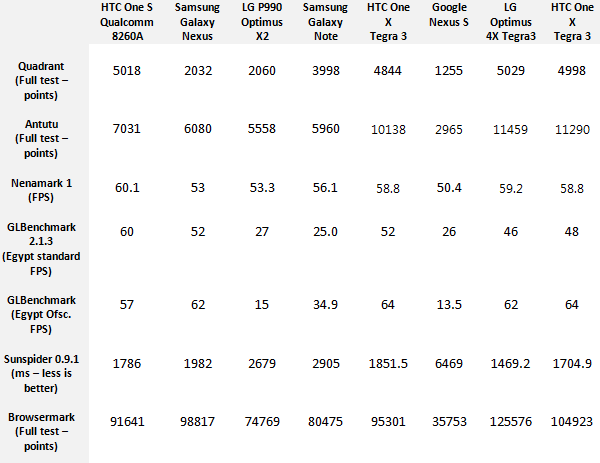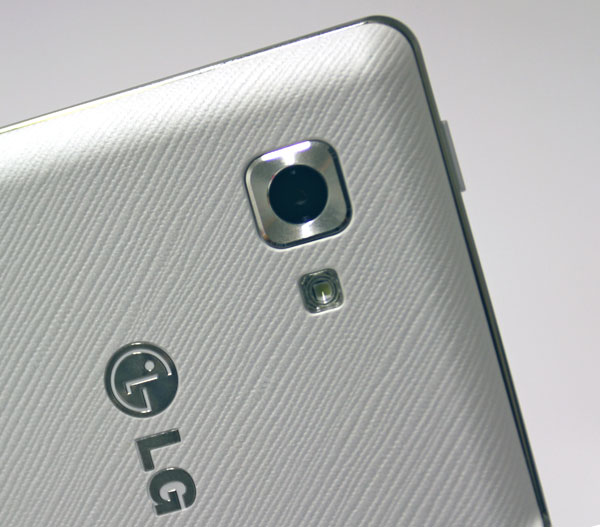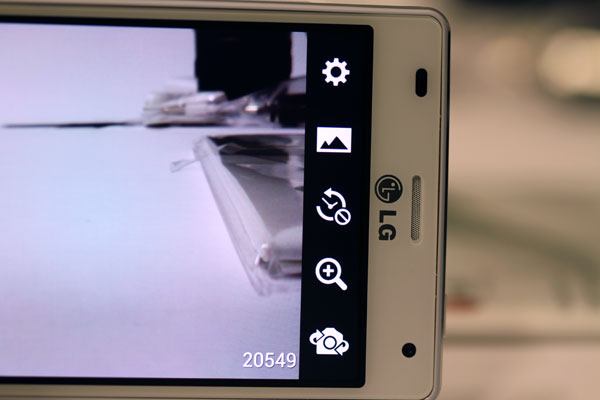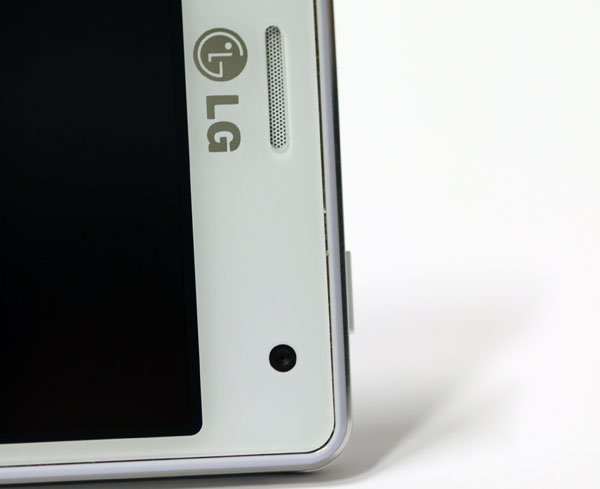Index
Page 4 of 5
Performance, Camera
Since this is a Tegra 3 based phone Shadowgun, Zen Pinball, Max Payne and any other THD game will run great. As was the case with HTC One X the phone can get very hot despite being thicker than One X. Gaming tends to get it go 40 Celsius or 104 Fahrenheit but this was also the case with Galaxy III or HTC One X.
The most demanding games will get your quad-core hot, no question about that. However, this applies to all high-end phones, even HTC’s One S with dual-core Snapdragon S4 28nm CPU. Tegra 3 works at its standard 1.5GHz but in idle the phone works at really low 500MHz on the companion core, and still wakes up really quickly.
Everyday tasks like simply swiping screens, playing games, browsing, enjoying music will all work fast. The speaker is relatively loud and it will come in handy while watching videos sans headphones.
In terms of performance we were surprised to learn that LG Optimus 4X was slightly faster than One X in Quadrant, Antutu, Nenamark but at the same time it lost by a wide margin in CF bench v1.1 and failed to keep up with the One X in AndEBench and GLBenchmark.

The real surprise is that LG Optimus 4X ends up almost 20 percent faster than One X in Browsermark and that it runs Sun Spider 0.9.1 much faster than the One X, making it the fastest phone for browsing based on Tegra 3 so far. Samsung’s Galaxy III will give the Optimus a run for its money, but this is another story altogether.

Overall the Optimus 4X was quite fast phone with a few surprisingly low scores. Battery life is slightly better than HTC One X that we tested here and it will get you close to two whole days, or 48 hours of modest use and with Facebook, Twitter, emails and browsing. We are sure that the phone will get most consumers through the day without crying out for a socket.

This gets us to the camera, an 8-megapixel affair with a maximum resolution of 3264x2448 pixels, autofocus and LED flash. The camera takes some 1 to 2 seconds to launch and it can take rather good pictures even in relatively low light, i.e. indoors. The UI is decent, no complaints here.

It cannot take photos quite as quickly as the One X but it can shoot multiple photos at about 1 photo per second. The front camera is decent at it will be good for chat and picture if it’s absolutely necessary.

The video feature is nice and works at 1080p 30FPS. You can take photos during the video which is nice. In our short video test, autofocus feature worked quite nicely but it was a bright day outside. Overall the camera and video recorder will help you record some memorable moments and many vacation / Facebook photos. It is one of the better cameras we’ve seen on a phone so far, but it is still not quite as good as the one used in the HTC One X.
Here's a sample photo and a 100% crop.


Admittedly not the best view of the Danube, but we really weren’t going for artistic value. As you can see the camera does a good job in daylight, although the noise reduction algorithm does seem a bit too aggressive on the 100 percent crop, but this is true of practically all phone cameras.



